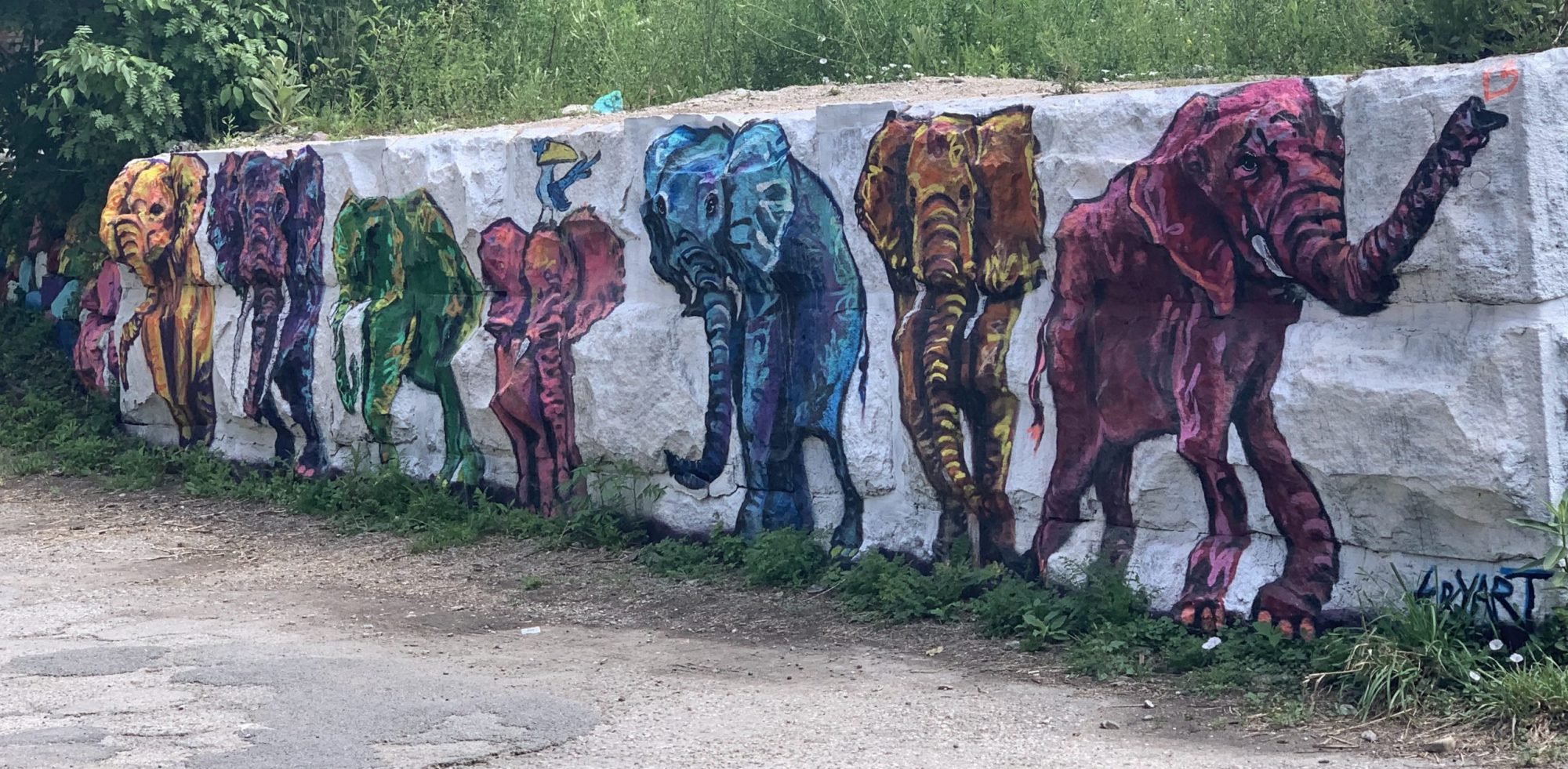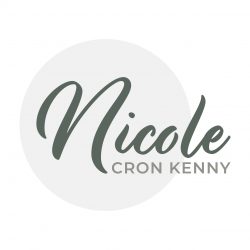Behind the Truth and Reconciliation Eight Ball
Bringing experience from a corporate perspective in the MET courses I have taken has provided a sense of great satisfaction and personal growth. It’s shocking that with our first assignment on Truth and Reconciliation, imposter syndrome has set in, not from a class peer perspective but as a Canadian. Since graduation in 1994, the companies I work for or with have not once voiced a land acknowledgment. As a member of the Air Canada frequent flyers club with extensive travel across Canada and the US, I am appalled that I am far behind the eight ball. However, as the First Nations Education Steering Committee (FNESC, 2015) states in their First Peoples Principles of Learning, “learning involves patience and time,” and the MET program is opening my eyes to more than just education on learning theories and educational technology.
After the Healing: Safeguarding Northern Nishnawbe First Nations High School Education was published in 2016 by the Northern Policy Institute following a Thunder Bay coroner’s inquest report into the deaths of seven Indigenous students to address the needs of students making the transition from their homes to high school in Thunder Bay or Sioux Lookout. I chose this report for my learning perspective because of its depth of topics about indigenous issues. My initial interest in understanding how the corner’s inquest could support change included the following three questions:
-
- How did the report address or refer to indigenous peoples, and was it appropriate?
- Did the recommendations include collaboration with the Northern Nishnawbe First Nations or have Indigenous members on the report committee?
- Do the recommendations reference or support the First Peoples Principles of Learning outlined by FNESC?
Conscious or unconscious bias in naming
Concerning the first question, Indian was used primarily concerning “Indian Residential Schools,” the Indian Act, or negative connotations of Indians from colonial society, as shown by the example below.
“It sought Indian removal and dispossession not just as “the original owners of the land but as Indians” (Bennett, 2016).”
Indigenous and Aboriginal terms were primarily used concerning education, knowledge, youth, or culture. Aside from one instance each referring to Indigenous or Aboriginal Residential Schools, the discussion was positive, looking to be inclusive and forward-thinking in the review and recommendations. Of interest, in the building resilience section of the report, Indigenous was only used once about keeping Indigenous languages alive (Bennett, 2016).
First Nations was the preferred method of reference to Indigenous peoples within the report, likely a result of the overall definition that it has taken in recent years, “a more restrictive usage based upon identification with legally recognized reserve communities, and reference to those who are members of them or those who have “status” (e.g., governmental identification) (Terminology, n.d.). From this perspective, the report is not inclusive of those who do not have “status” or are not living on one of the many reserves that comprise the Northern Nishnawbe First Nations.
Who is driving the bus
Considering the intent of the report and contentiousness around the history of residential schools and differences in culture, history and how knowledge has traditionally been shared, I had expected that the committee would have considerable Indigenous representation. The study was written by Paul Bennett, a policy analyst, professor, and senior education policy fellow with the Northern Policy Institute (Bennett, 2016). Rick Garrick, a news reporter, and freelance writer, supported with research assistance, presumably as he has 15 years of experience covering First Nations issues within the region (Bennett, 2016).
Utilizing LinkedIn as my primary research tool, of the 15 members of the Board of Directors and the President and CEO, only two people were Indigenous. Concerning the rest of the committee involved in writing the report, two of the 15 people from the Advisory Committee and one person out of 15 from the Research Advisory Board were indigenous. In comparison, two and three people respectively held professional positions within Indigenous relations and affairs or social services. In summary, of the 45 members of the committee, 11% were Indigenous, while five members brought Indigenous expertise. For my review, the members bringing expertise to the committee do not include those who are indigenous.
Elders sharing knowledge
The third question was interesting; Bennett (2016) did reference that indigenizing education comes more naturally in First Nations schools tapping into the wisdom of elders. This is important as Principal Jonathan Kakegamic still believes that Dennis Franklin Cromarty High School (DFC) can instill confidence in students and rebuild the severed connection between culture and identity (Bennett, 2016). The Pelican Falls School (PFS) has fewer than 150 students (Grades 9 to 12), meaning classes are smaller, and teachers and students know each other well (Bennett, 2016). Traditional knowledge is infused into official school ceremonies and, to an increasing extent, into the curriculum, embedded in school culture, and conveys life lessons to students (Bennett, 2016). Both schools are under the Northern Nishnawbe Education Council (NNEC) ‘s control, using community-school-based management vested in Indigenous education, indicating First Peoples Principles of Learning are considered and included.
In front of the eight ball
While the report has been written with respect and appropriately peer-reviewed, the lack of Indigenous members (11%) on the committee leaves me to question if this is another example of colonials patting themselves on the back for showing their care but ultimately know best for those that they have little to no understanding of the way of Indigenous life, culture, and sharing of knowledge. However, in reviewing the recommendations made and commentary brought forward throughout the report, I believe the overall intent of ensuring Indigenous teens return home alive and prepared to lead more satisfying, healthier, and fulfilling lives with a real sense of pride in their own identity and traditions could be met providing funding is provided to implement the recommendations.
References:
Bennett, P. W., Canadian Electronic Library (Firm), & desLibris – Documents. (2016). After the healing: Safeguarding northern nishnawbe first nations high school education. Northern Policy Institute.
First Nations Education Steering Committee (FNESC) (n.d.). First peoples principles of learning. Retrieved September 9, 2022, from http://www.fnesc.ca/first-peoples-principles-of-learning/.
Terminology. (n.d.). Retrieved September 12, 2022, from https://indigenousfoundations.arts.ubc.ca/terminology/

